Top 10 tips for buying an enterprise SSD
7. RAID
Combining multiple storage devices to appear as one is a process known as redundant array of independent disks (RAID). This has been used to introduce fault tolerance and/or increase performance of hard drives. However with SSDs, RAID can have a crippling effect.
The problems with setting up RAID on SSDs come from TRIM command support that uses a wear levelling algorithm to increases the useful life of SSDs. When SSDs are configured in RAID, the majority of SSD controllers are unable to support the TRIM command. This results in significant performance degradation over time. Although fault tolerance may be improved, the harsh drop in performance over time means it is not currently advisable to use SSDs in any existing RAID configurations.
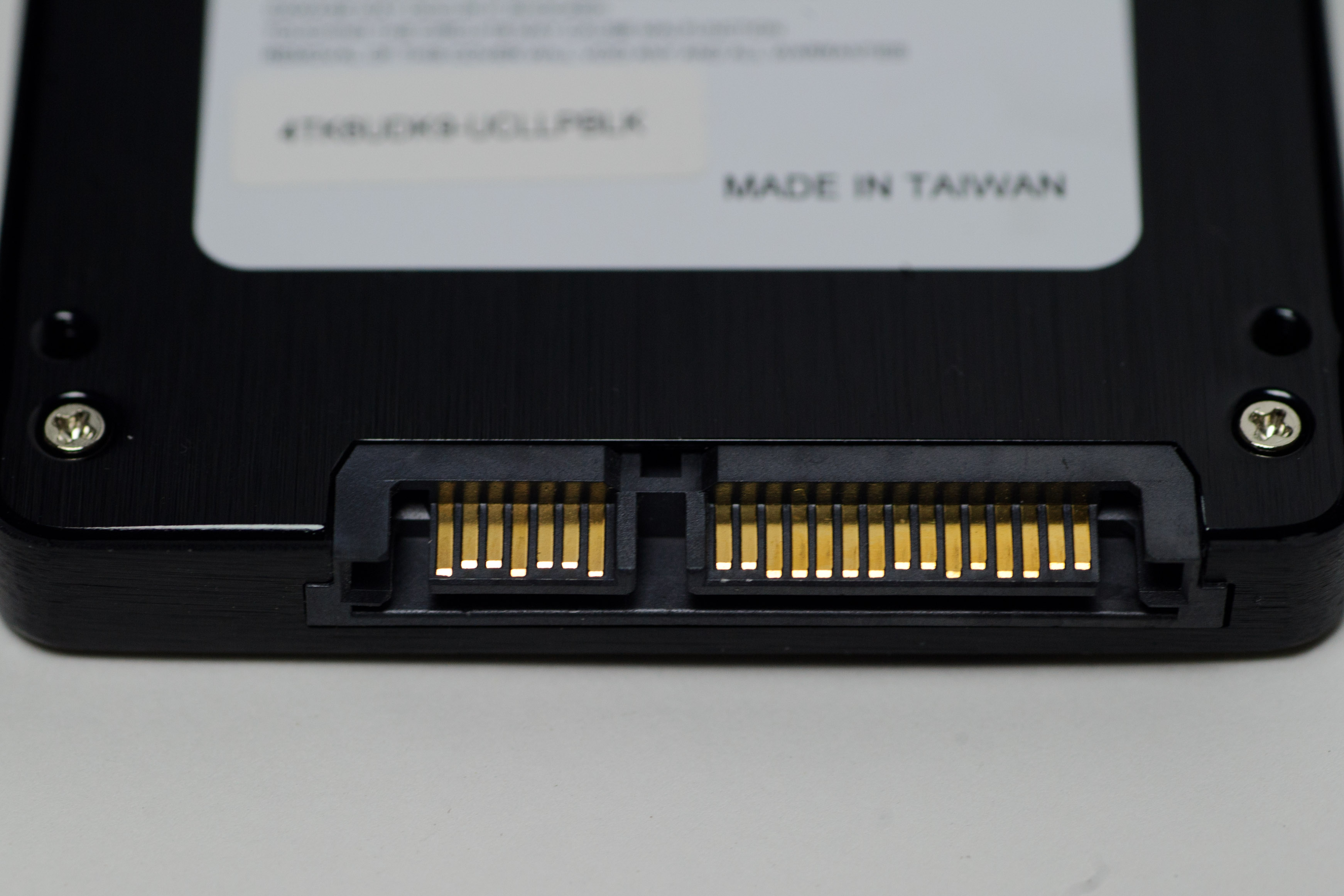
8. Interface
SSDs use the same external interfaces as hard drives, with Serial ATA being the most common. Up until last year, SATA II, which has a maximum bandwidth of 3Gb/sec was common and deemed adequate for hard drives. With SSDs able to saturate the interface, there has been a push towards SATA III, with a 6Gb/sec bandwidth, offering a theoretical maximum bandwidth of 768MB/sec.
It is advisable to go for a SATA III SSD as a means of future-proofing, even if the current system only supports SATA II. The connectors are identical and SATA III drives are backward compatible with SATA II, with a motherboard upgrade or a relatively inexpensive after market SATA III card can provide a performance boost in the future.
Other interface options include PCI-Express, with OCZ and FusionIO popularising the interface for enterprise orientated SSDs. PCI-Express has considerably higher bandwidth when compared to SATA III, with a second generation PCI-Express interface having a maximum bandwidth of 8GB/sec - close to 11 times the bandwidth of SATA III.
However, PCI-Express SSDs have significantly lower bandwidth than the interface's maximum and given the price difference over SATA III units, all but the most demanding applications can make PCI-Express SSDs good value for money.
Sign up today and you will receive a free copy of our Future Focus 2025 report - the leading guidance on AI, cybersecurity and other IT challenges as per 700+ senior executives
-
 I couldn’t escape the iPhone 17 Pro this year – and it’s about time we redefined business phones
I couldn’t escape the iPhone 17 Pro this year – and it’s about time we redefined business phonesOpinion ITPro is back on smartphone reviews, as they grow more and more intertwined with our work-life balance
-
 When everything connects, everything’s at risk
When everything connects, everything’s at riskIndustry Insights Growing IoT complexity demands dynamic, automated security for visibility, compliance, and resilience
-
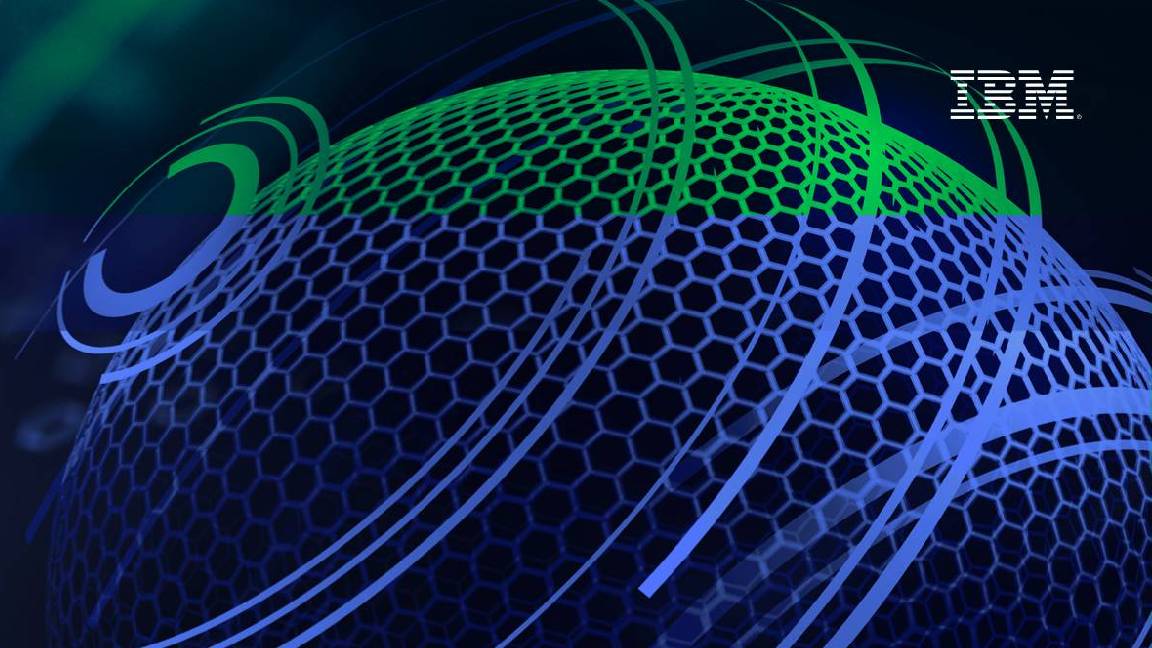 Cyber-resilient data storage for everyone
Cyber-resilient data storage for everyoneWhitepaper Improve cyber resilience and optimize performance
-
 Sustainability is more than a flash-in-the-pan topic for the data storage industry
Sustainability is more than a flash-in-the-pan topic for the data storage industryAnalysis Rising energy costs and concerns over the environmental impact of data centers are prompting a shift away from power-hungry disk drives
-
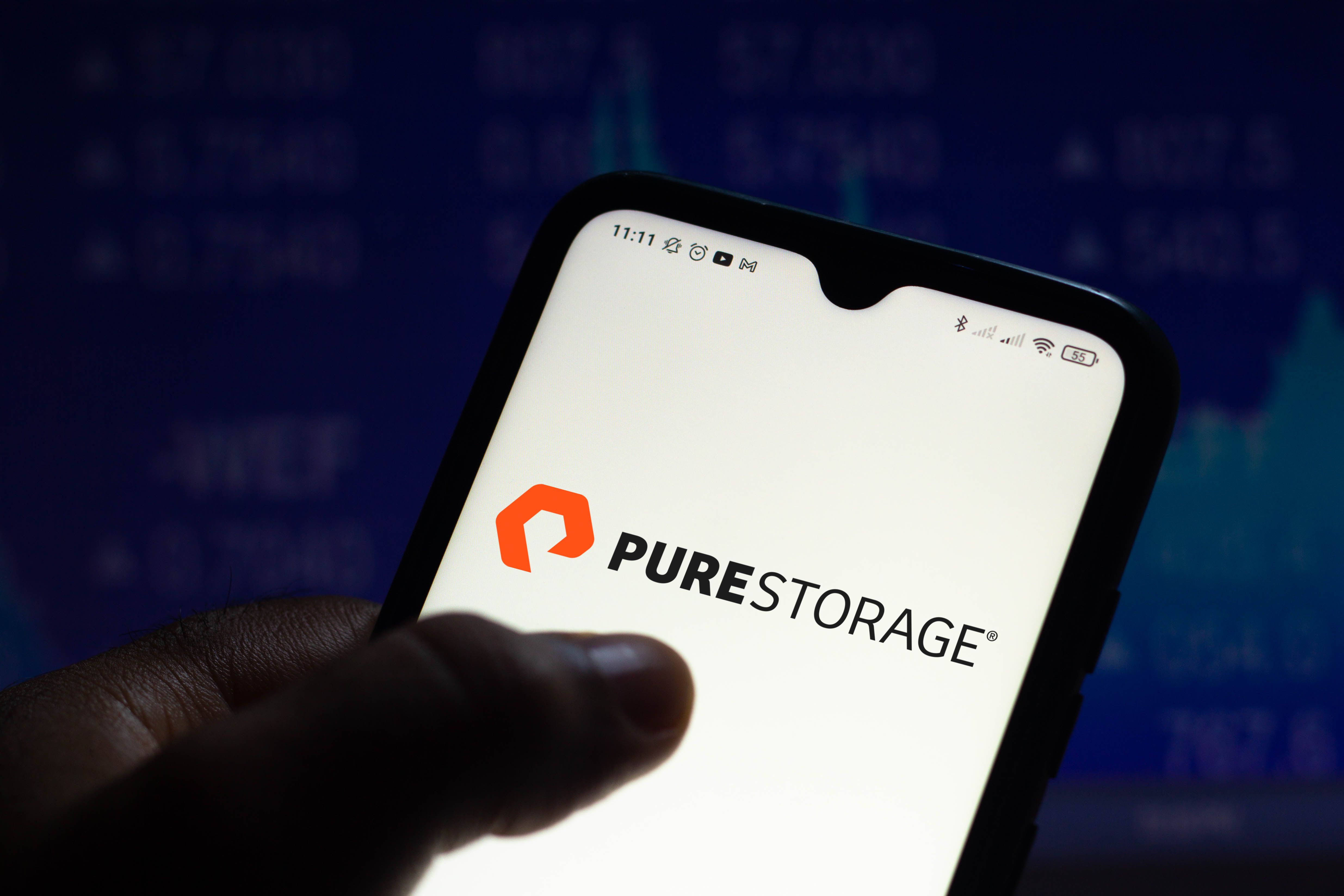 Pure Storage’s FlashArray//E launch offers “multi-year advantage” with performance and energy efficiency boosts
Pure Storage’s FlashArray//E launch offers “multi-year advantage” with performance and energy efficiency boostsNews The FlashArray lead at Pure Storage, said the launch will act as a “key differentiator” for the company in the storage space
-
 Why the floppy disk may never die
Why the floppy disk may never dieIn-depth The age-old floppy disk storage medium is still in demand despite continued attempts to kill it
-
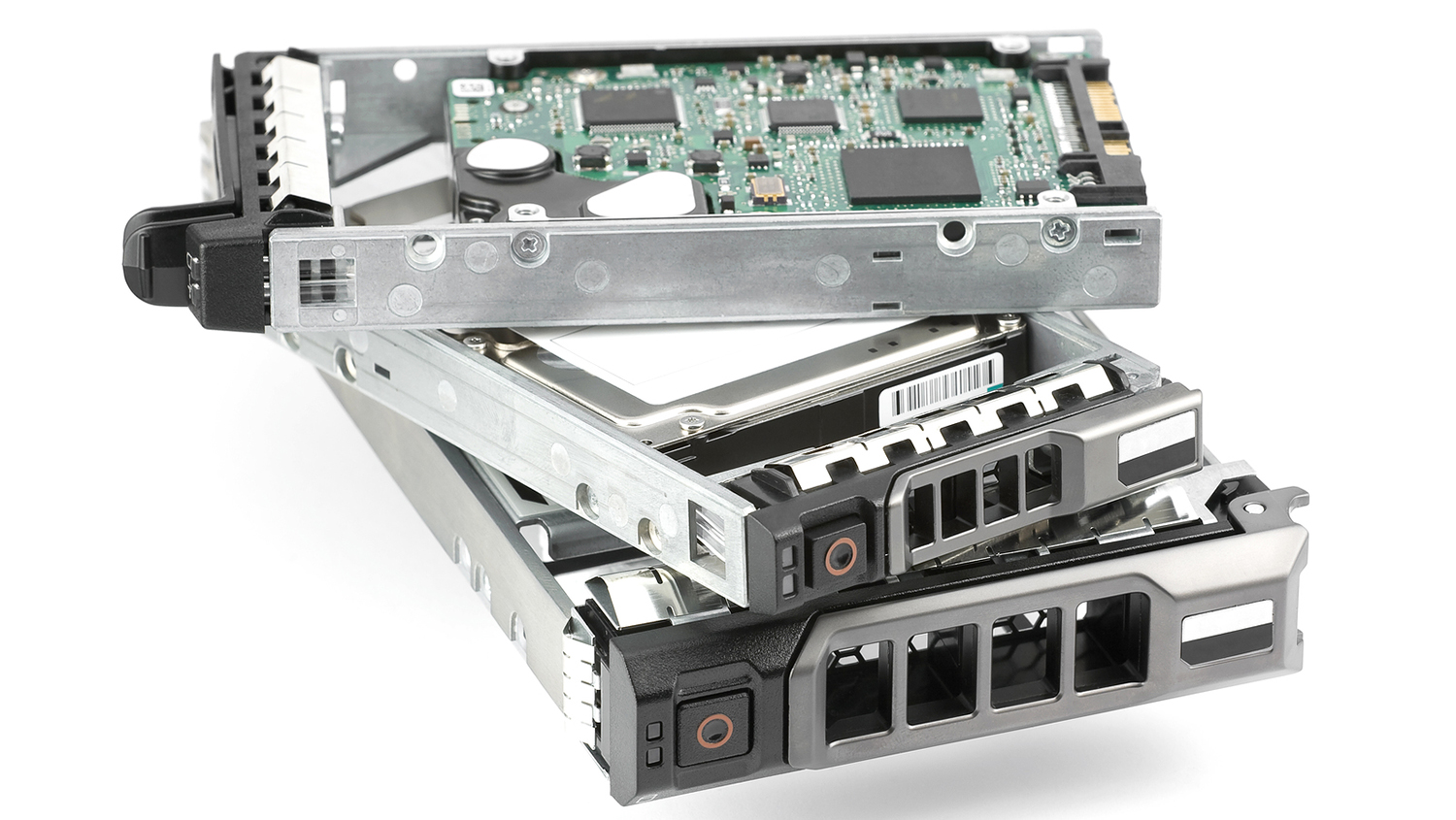 10 things to consider when buying an external hard disk-based storage device
10 things to consider when buying an external hard disk-based storage deviceIn-depth Find the right storage solution for you with this handy guide
-
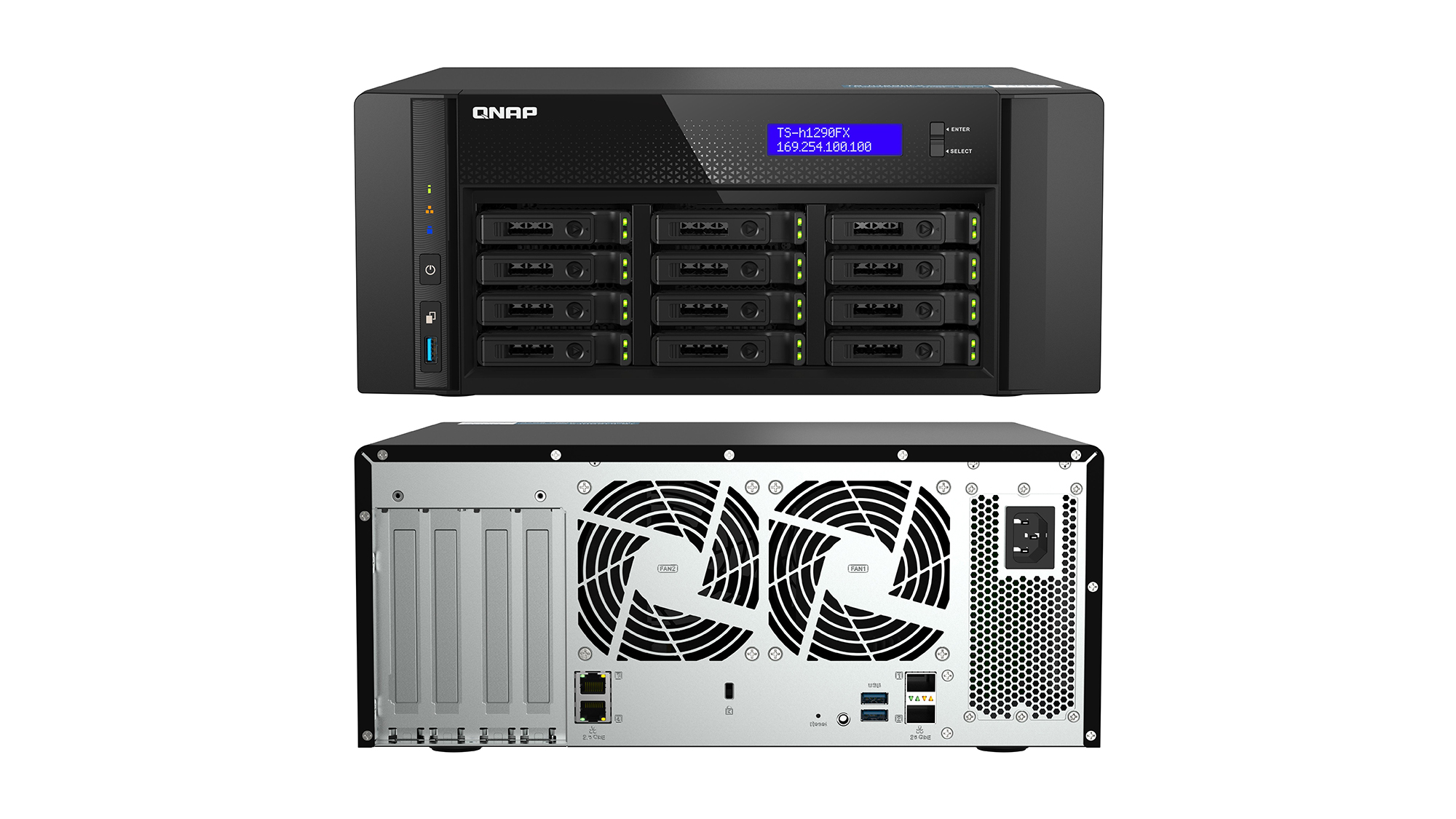
 Qnap TS-h1290FX review: Flashy desktop storage
Qnap TS-h1290FX review: Flashy desktop storageReviews A sleek and affordable desktop NVMe all-Flash array that delivers great 25GbE performance
-
 Intel kills off Optane Memory business with $559m loss
Intel kills off Optane Memory business with $559m lossNews Optane is now one of six divisions the company has ended under Gelsinger's leadership
-
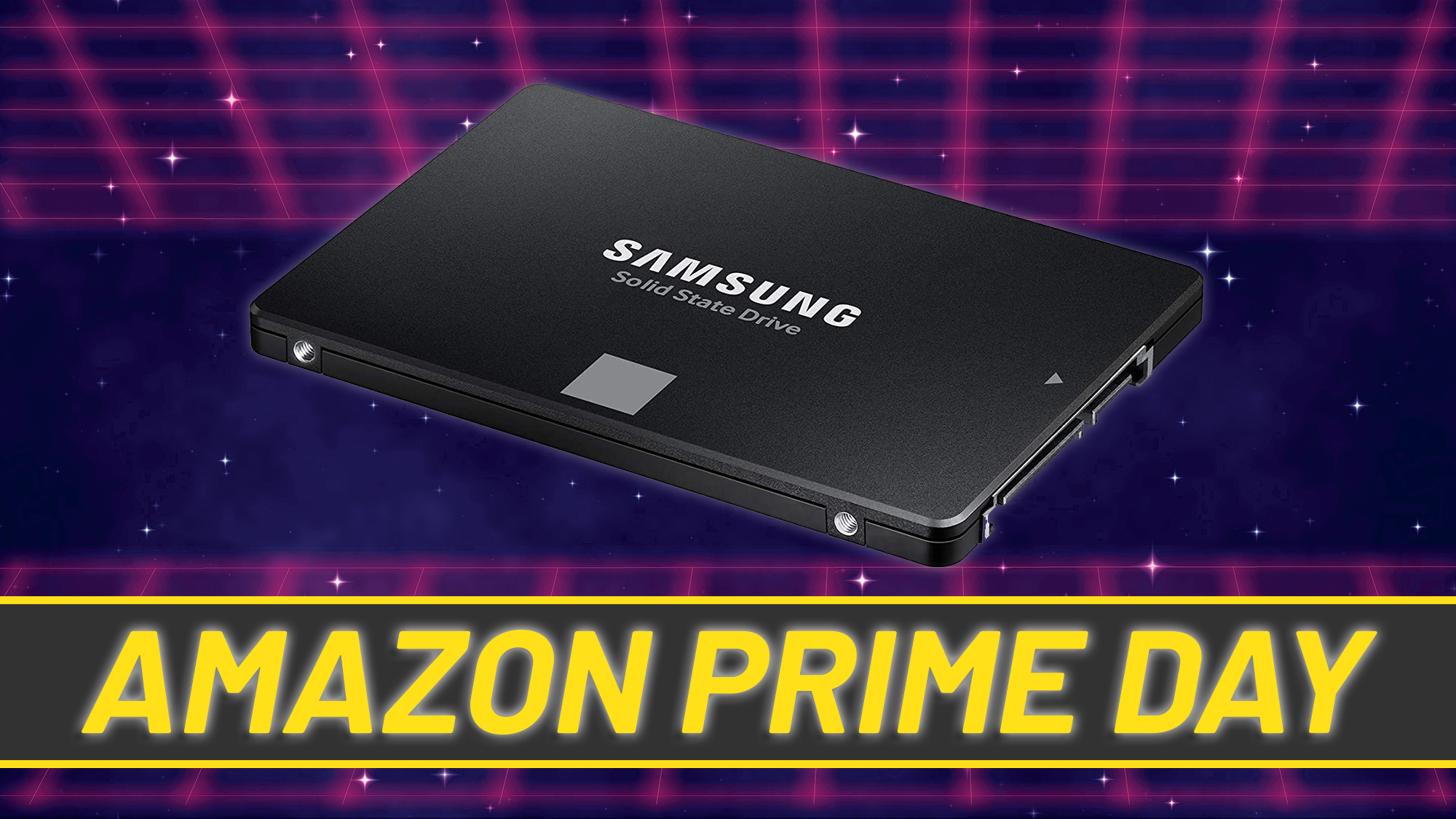 The best Amazon Prime Day storage deals: Extra capacity at rock-bottom prices
The best Amazon Prime Day storage deals: Extra capacity at rock-bottom pricesBest Add some extra headroom to your disk space